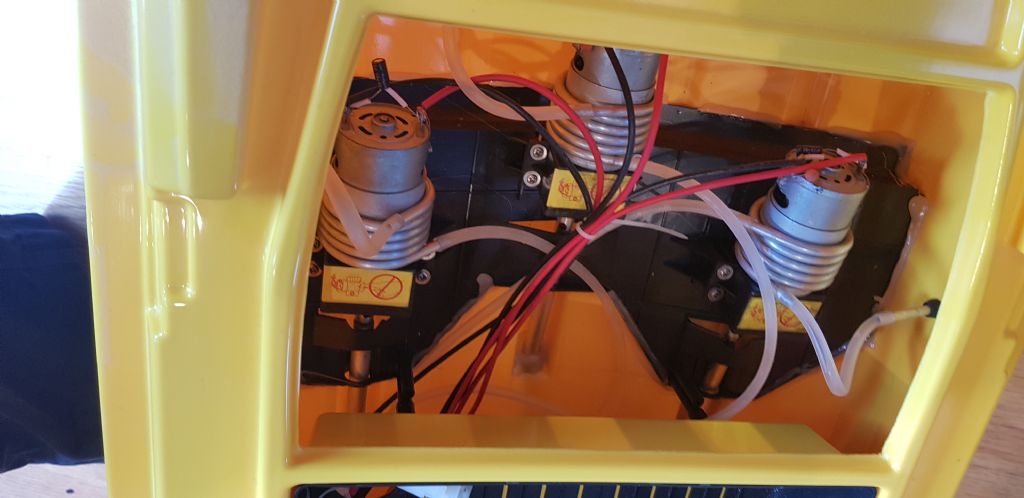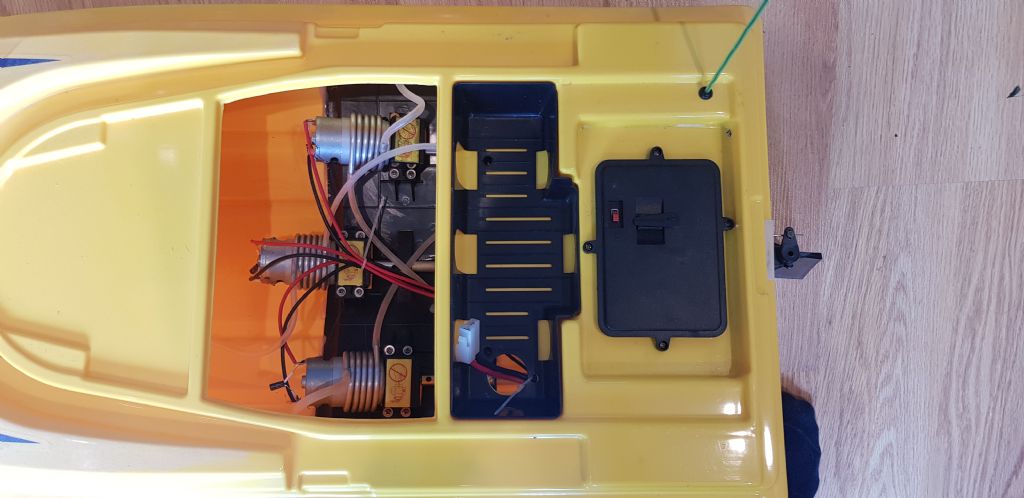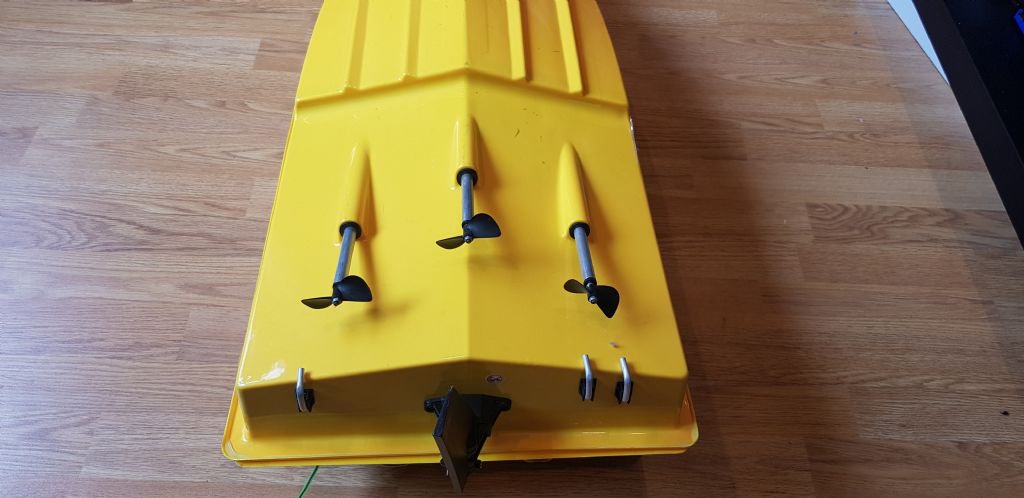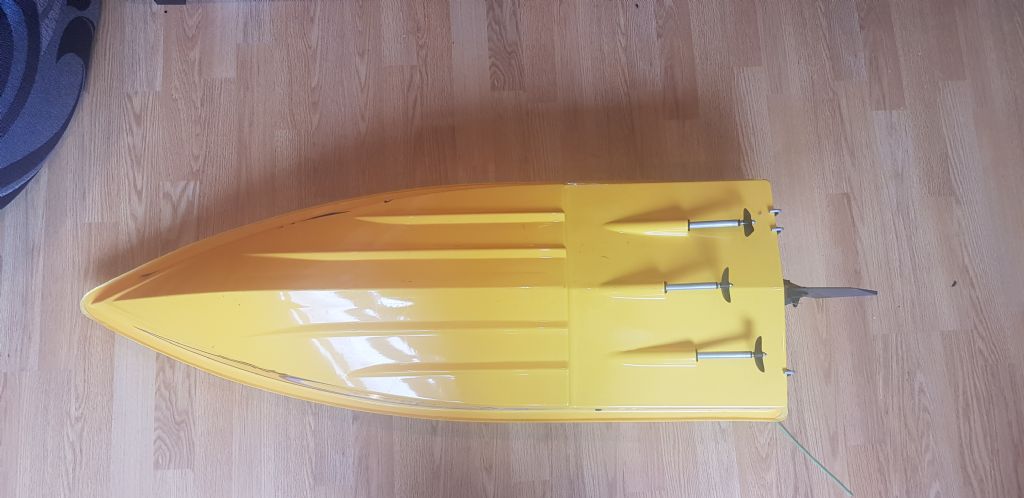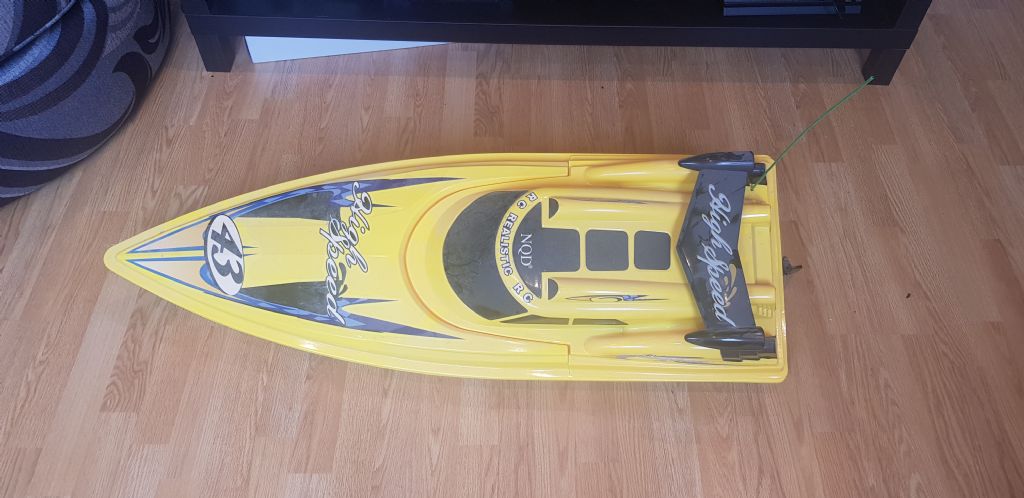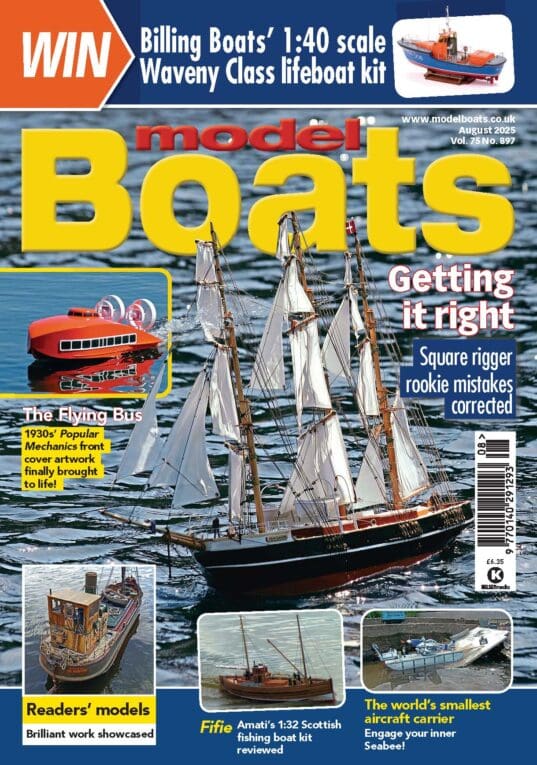3 Motors RC Boat
3 Motors RC Boat
- This topic is empty.
Viewing 24 posts - 1 through 24 (of 24 total)
Viewing 24 posts - 1 through 24 (of 24 total)
- Please log in to reply to this topic. Registering is free and easy using the links on the menu at the top of this page.
Code of conduct | Forum Help/FAQs
Latest Replies
Viewing 25 topics - 1 through 25 (of 25 total)
-
- Topic
- Voices
- Last Post
-
- Puffer advice 1 2 … 4 5
- 10
- 1 day, 13 hours ago
- Todays Boating 1 2 … 210 211
- 84
- 2 weeks, 1 day ago
- Fairey Huntsman 28 1 2 … 7 8
- 2
- 3 weeks ago
- Fairey Huntsman 31 1 2 … 5 6
- 14
- 4 weeks ago
Viewing 25 topics - 1 through 25 (of 25 total)


